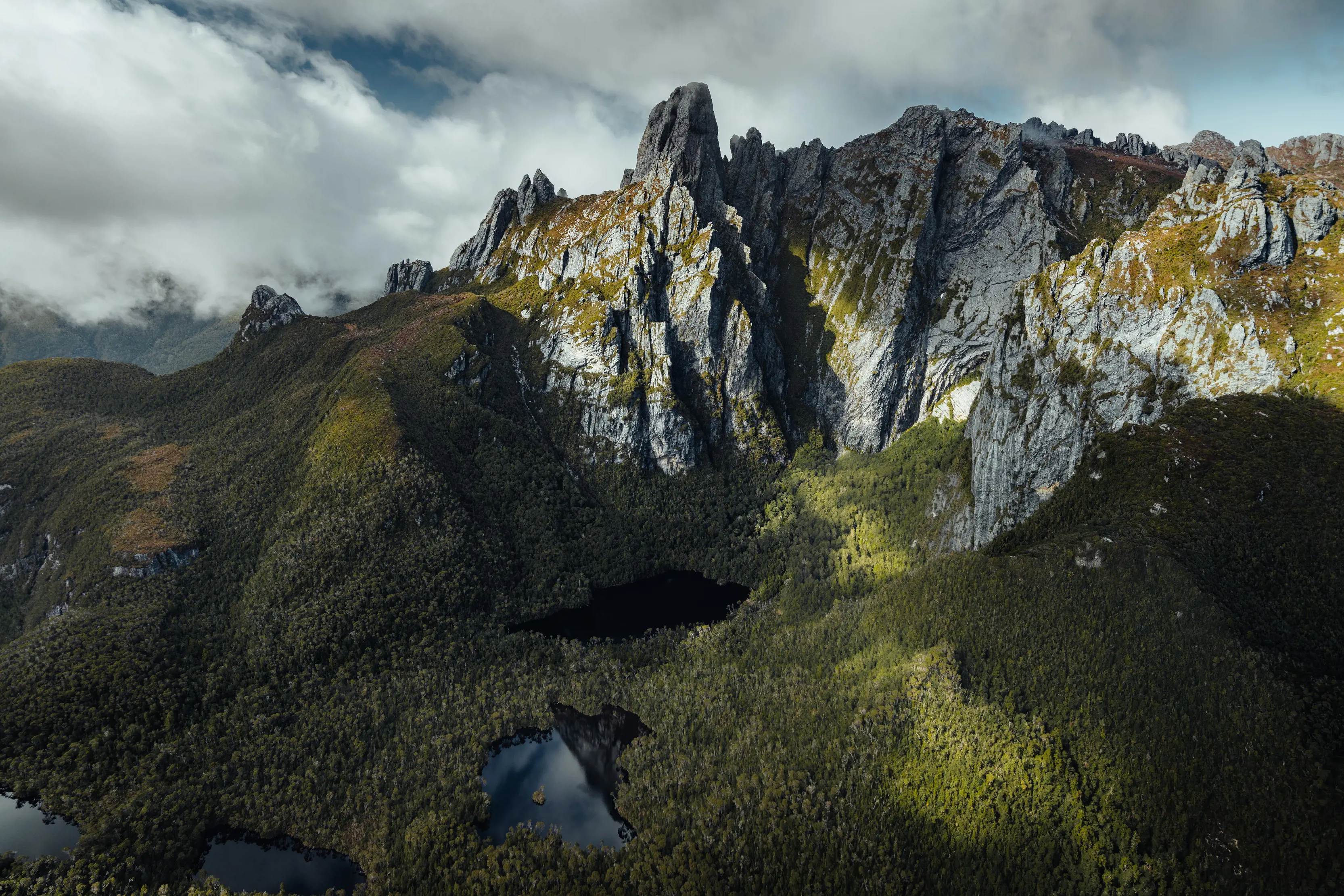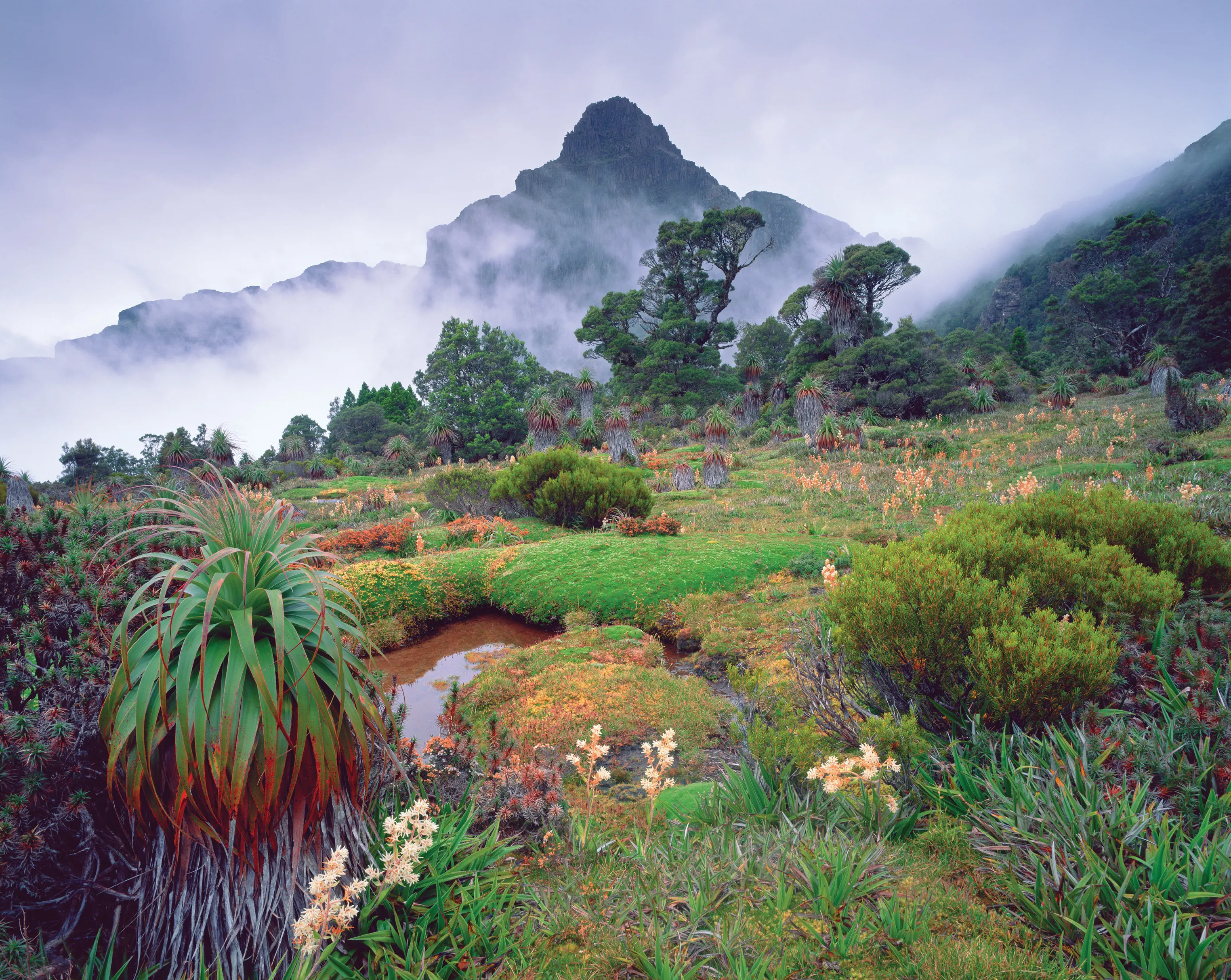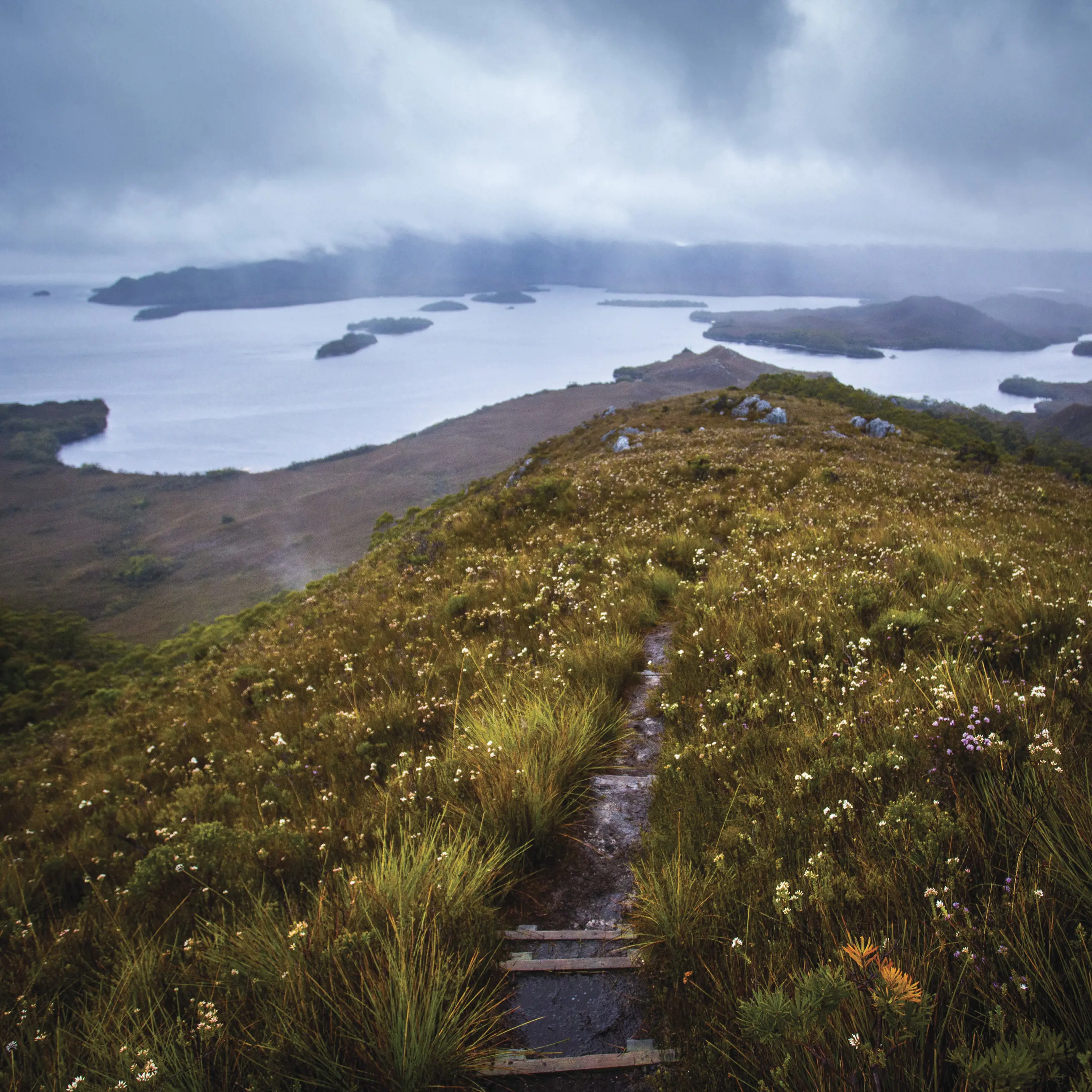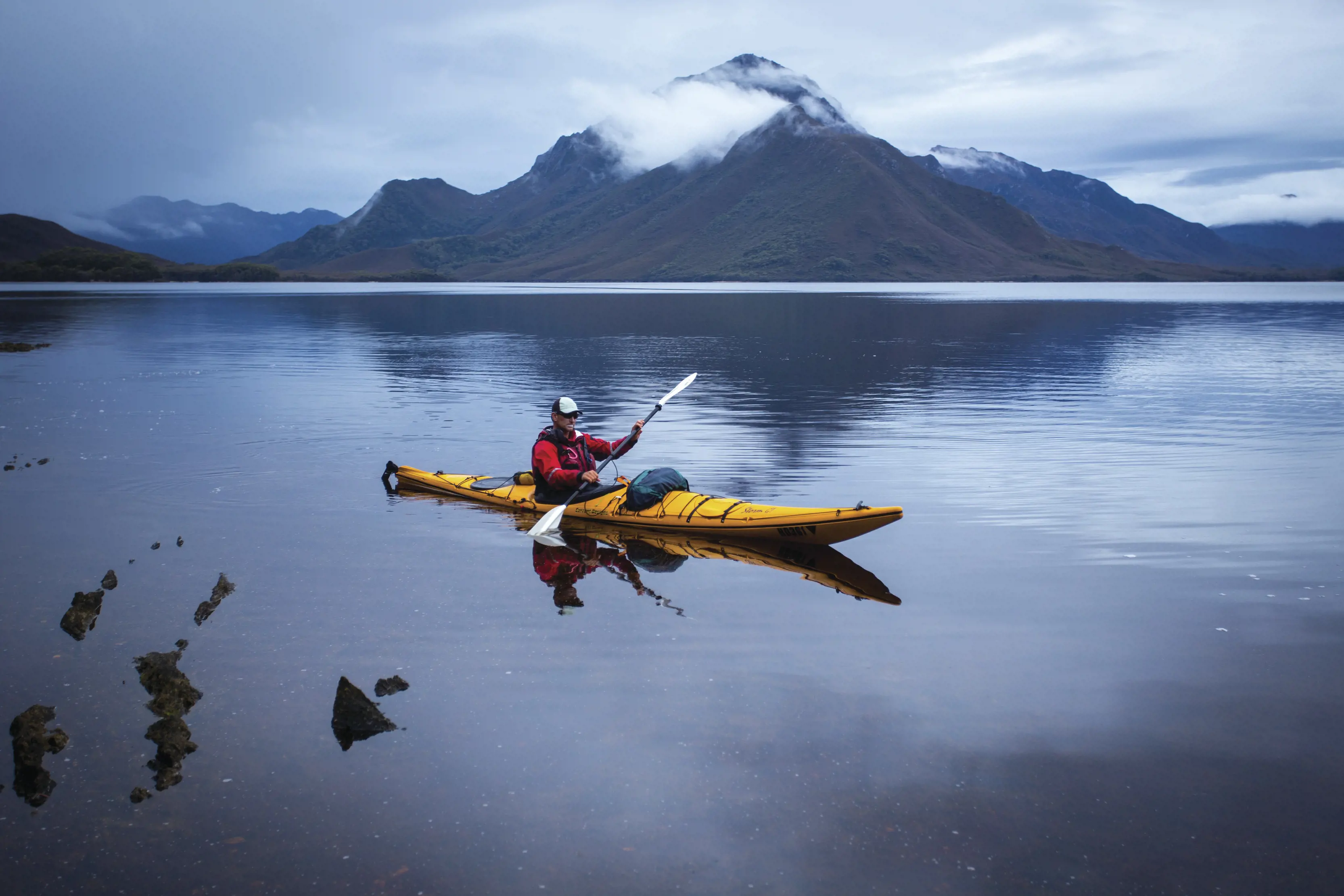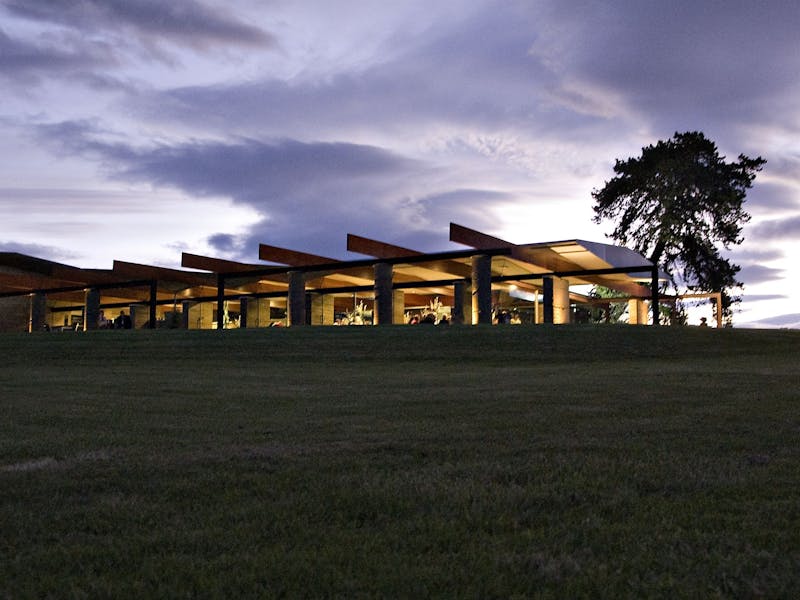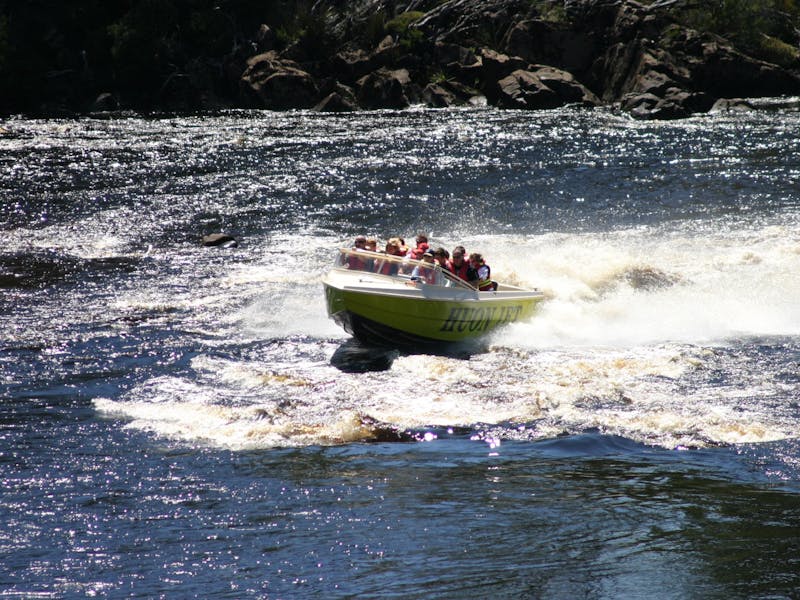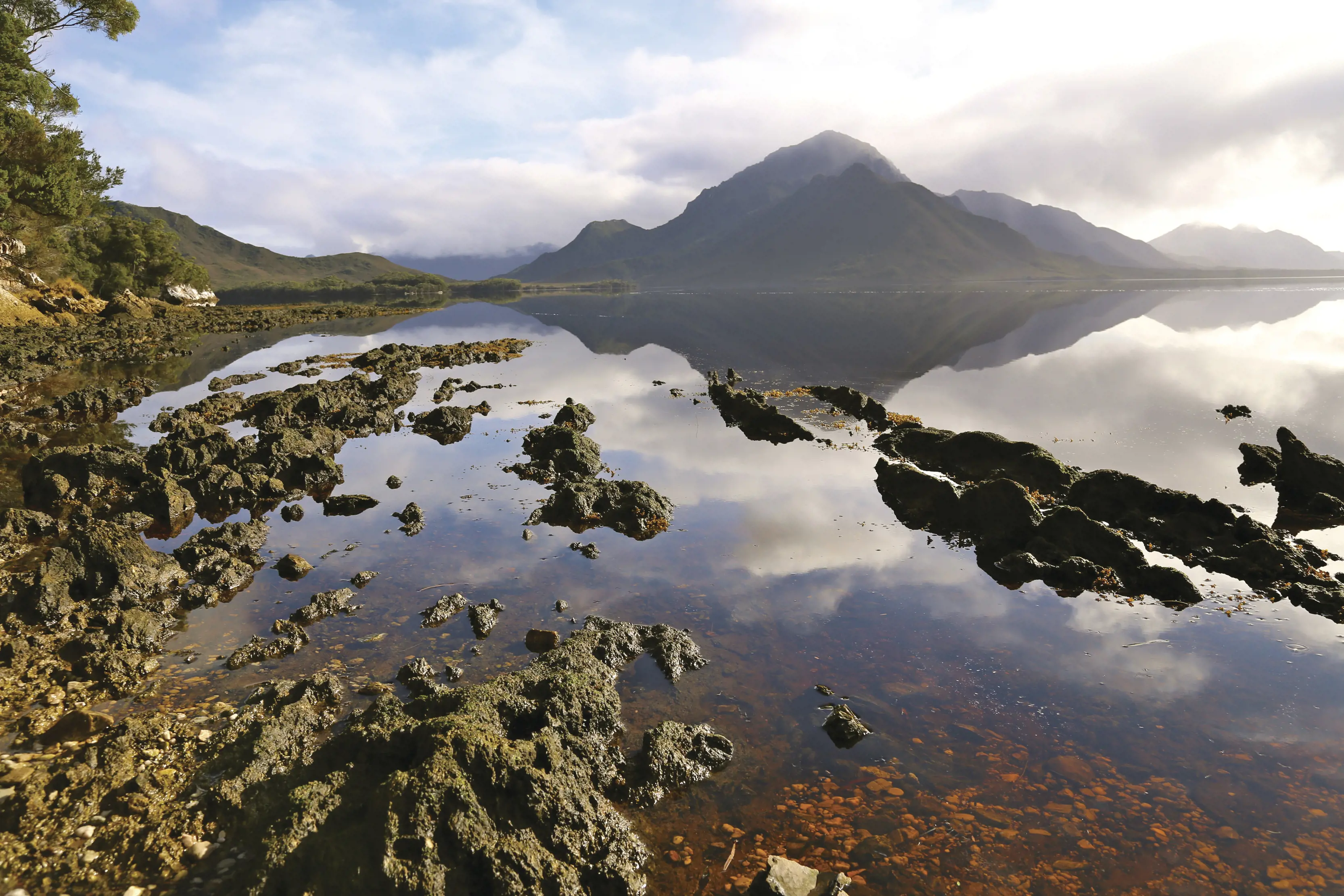
Tasmania’s largest national park covers almost 10% of the state and is the heart of the Tasmanian Wilderness World Heritage Area.
It’s a place of jagged mountain ranges, buttongrass moorlands and primeval rainforest that’s skimmed by roads but is predominantly remote and wild in nature.
The park has two main road approaches: the Gordon River Road in the north, which winds between mountains to Lake Pedder and Lake Gordon; and Cockle Creek, the southernmost road end in Australia. Deep within the national park is Melaleuca, a former tin-mining settlement accessible only by plane or a week of walking.
Some of Tasmania’s most dramatic and challenging mountains are here, but there are just as many accessible pockets of the park that offer a glimpse of the vast wilderness beyond.
Highlights
Beaches
Tasmania’s far-south coast is strung with beaches. The South Coast Track showcases the full collection, but the beaches of South Cape Bay are in easy reach of Cockle Creek.
Mountains
Only the experienced and the bold will set out for the park’s most daunting peaks – Federation Peak, Precipitous Bluff, the Western Arthurs, Mount Anne – but there are fine views of these mighty mountains from the shores of Lake Pedder or on the flight to Melaleuca.
Melaleuca
Dotted with remnants of its tin-mining days, remote Melaleuca is now home to the Deny King Heritage Museum, telling the story of the remarkable man who created the mines. Melaleuca offers a glimpse of Tasmanian Aboriginal culture on the 1.2km Needwonnee Walk, and the rare chance to spot the orange-bellied parrot, a bird on the brink of extinction. Melaleuca is accessible only by plane or on the South Coast Track.

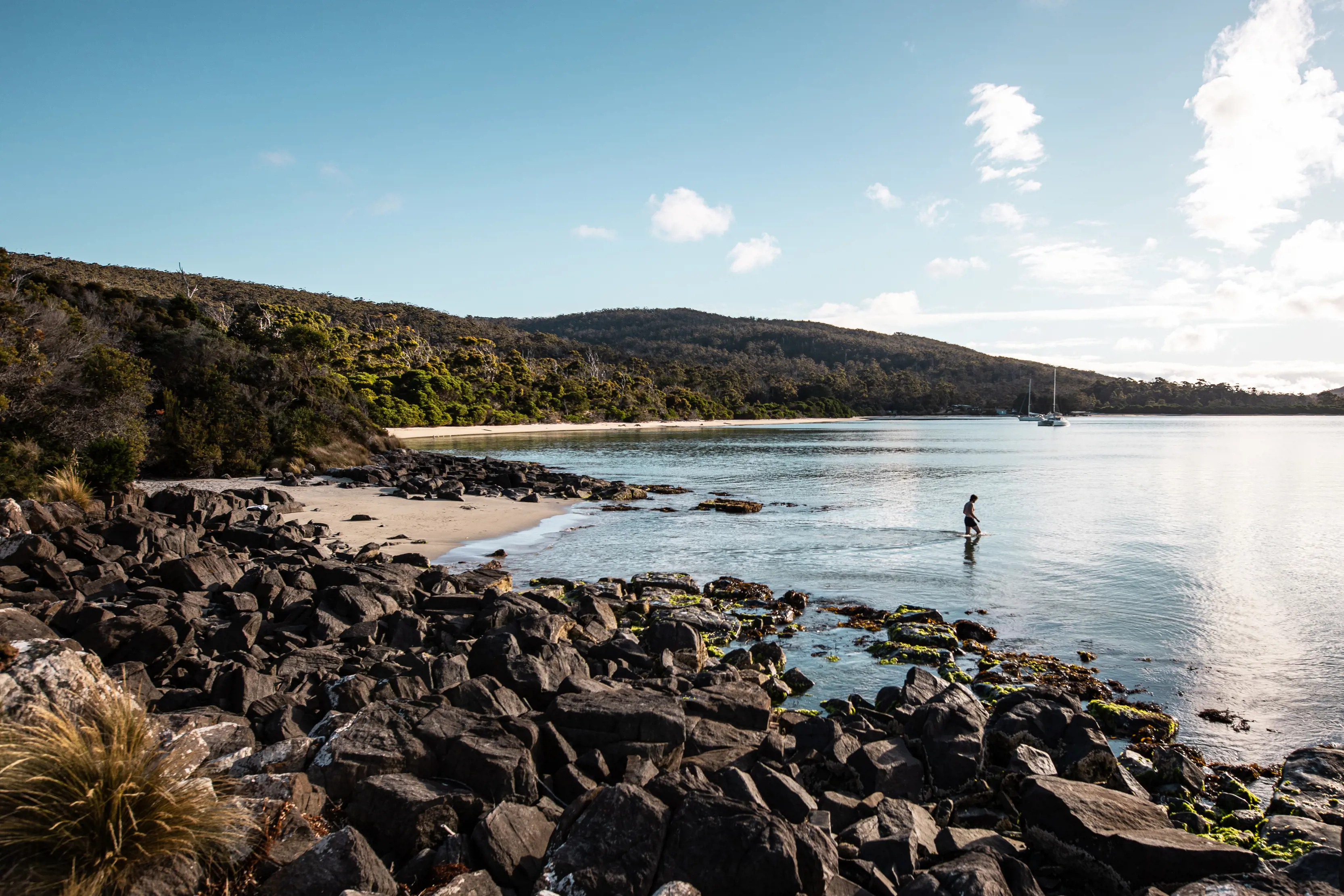
Walks
South Coast Track
Set aside a week for the 85km coastal traverse from Melaleuca to Cockle Creek, which connects nine beaches and crosses the heights of the infamous Ironbound Range. Be sure to check out the Tasmania Parks and Wildlife Service track notes as essential prep.
Duckhole Lake
Walk through dense forest, largely on boardwalk, to this flooded sinkhole turned peaceful lake (90min return, 4.2km). One of Tasmania’s 60 Great Short Walks.
South Cape Bay
Head as far south as you can get, walking across plains from Cockle Creek to the south coast. The track emerges atop coastal cliffs in sight of Australia’s southernmost point. The walk (4hr return, 15.4km) forms one end of the South Coast Track and is one of Tasmania’s 60 Great Short Walks.
Creepy Crawly Nature Trail
Bend, twist and duck your way through the cool-temperate rainforest on this short boardwalk (30min, 1km) where the forest doubles as an obstacle course.
Other activities
Par Avion
Fly to Melaleuca for a three-day stay at a permanent wilderness camp, exploring the waterways of Bathurst Harbour and Port Davey.
Roaring 40s Kayaking
Paddle around Bathurst Harbour and Port Davey, exploring little-seen coastlines and islands and camping behind wilderness beaches. Four- and eight-day trips available.
Need to know
Conditions
Much of this park is remote, so plan ahead and come equipped with all that you need. The weather is highly changeable and often fierce. Be prepared for sudden rain or temperature changes.
Camping
There’s camping at Cockle Creek and at the Huon, Teds Beach and Edgar campgrounds around Lake Pedder. Other nearby accommodation options include Dover and Southport in the south, and Maydena and Pedder Wilderness Lodge in the north.
Entry
A parks pass is required for entry to Tasmania’s national parks.
Where
Cockle Creek is a 2hr drive (120km) south of Hobart. Lake Pedder is a 2hr hour drive (150km) west of Hobart.
More detail
Learn more about the park at the Mount Field National Park visitor centre (in the north), the Tasmania Parks and Wildlife Service office in Huonville (in the south) or here https://parks.tas.gov.au/explore-our-parks/southwest-national-park
